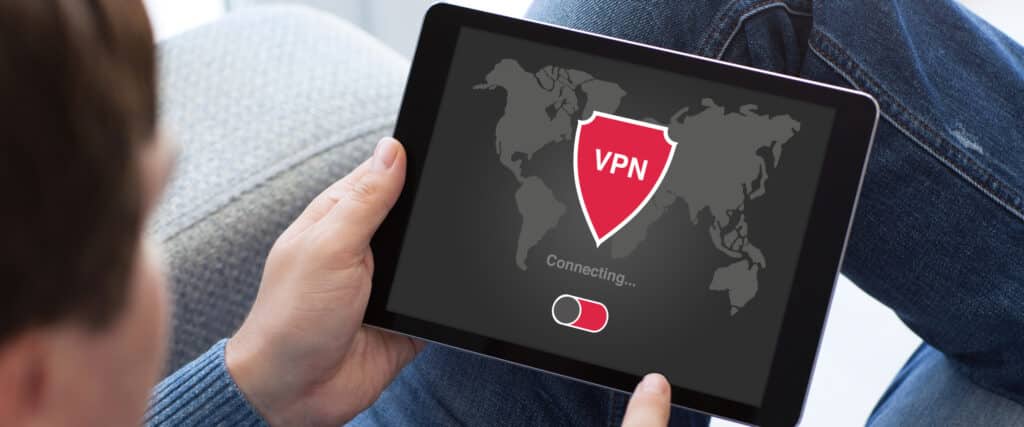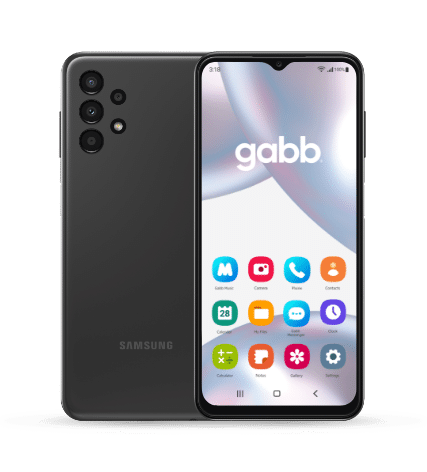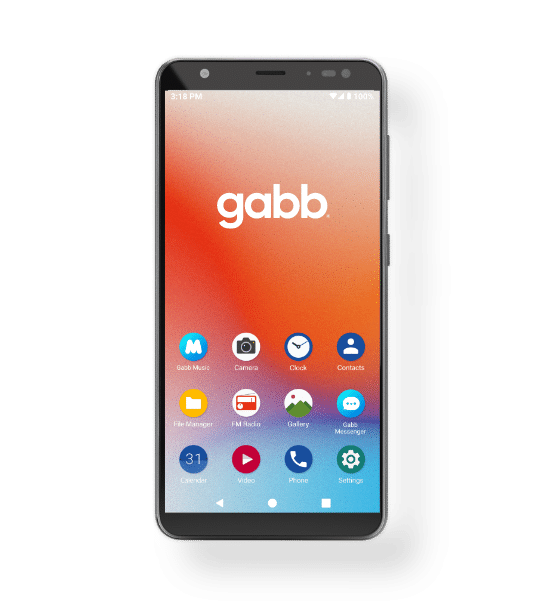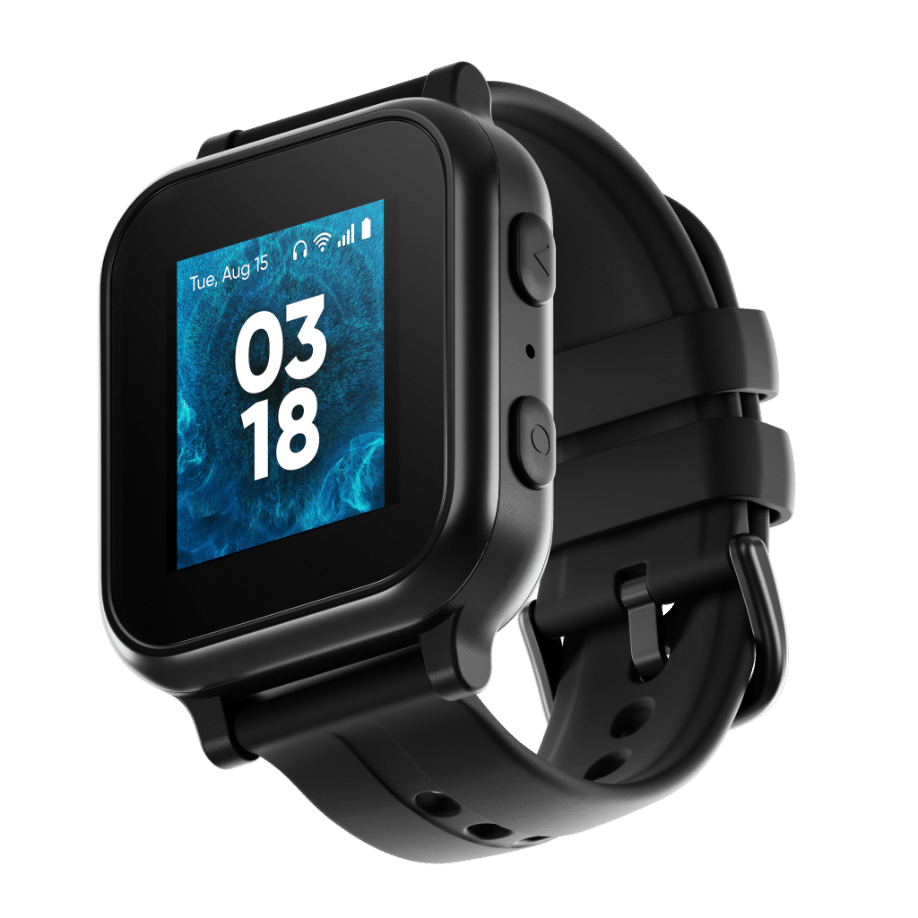How Kids Get Around Parental Controls (and Other Sneaky Moves)
OCT 05, 2023
How Kids Get Around Parental Controls (and Other Sneaky Moves)
Back in 2019, a Kentucky mother took away her 15-year-old daughter’s smartphone. Her daughter, named Dorothy, had let a pot of rice burst into flames on the stove because she was too distracted watching YouTube on her phone.
That alone isn’t remarkable—a Pew Research Center report found that 65% of parents take away phones or internet access as punishment—but when Dorothy’s determination to continue using Twitter ended with her using a fridge to send a tweet, it got national attention.
In an interview with People magazine, she explained that after losing her phone she used a Nintendo DS to get back on Twitter. When that was also confiscated, she used an old Nintendo Wii. That too was taken away so she figured out how to use the voice activation feature on her family’s Wi-Fi-enabled smart fridge to tweet about it to her followers.
The tweet went viral, along with the hashtag #FreeDorthy.
Dorothy’s persistence and ingenuity are laudable and the story makes for a funny read. But I’m guessing Dorothy’s mom found it all a lot less entertaining than the rest of us.
The Need for Parental Controls and Other Tech Guardrails
If you’re a parent who has felt at a loss for how to help your tech savvy kid maintain a healthy balance with technology, know you’re not alone. Digital citizenship requires skills that take time to develop so no kid will handle it all perfectly. No parent will either.
Tech guardrails can help and those guardrails should be tailored to your child at each stage of their evolving maturity.
Maintaining regular conversation about the potential of tech and the reason for your guardrails is key in keeping kids safe online. But even if you’re exceptionally good at having those conversations, there may still be situations where a child tries to circumvent certain guardrails.

How Kids Bypass Parental Controls
As a parent, it helps to be aware of common ways kids get around parental controls. The methods evolve as quickly as technology itself does but some of the most common tactics used today include:
- Using “non-messaging” products like Google’s suite of educational tools (e.g. Google Docs) to send messages to people online.
- Removing their phone from its case and sticking the end of their charging cable into the empty case and placing it upside down. This makes it look like they’ve left their device charging in a common area so they can then take it into their room or elsewhere.
- Initiating a factory reset on their device to restore factory settings, which removes all settings (including parental controls).
- Finding an old family device and using it in secret. An old device does not need to have a phone plan to provide access to the internet.
- Using non-phone devices like gaming consoles to surf the internet or communicate with others online. We covered how this can happen with an Xbox, Playstation, Nintendo Switch, and Oculus in more detail in this article on video game parental controls.
- Using a friend’s, classmate’s, or school-issued device to log into social media accounts or explore the internet.
- Using free online resources, such as image sites like Pixabay, to search for pornographic content and other objectionable material.
- Using ethernet chords with gaming consoles or a virtual private network to cloak their search history. (Virtual private networks—VPNs—are a big one so we talk more about those below).
- Accessing the internet through embedded web browsers within otherwise safe apps.
As these examples make clear, kids’ attempts run the full spectrum between advanced tech tactics and old-fashioned deception. In addition to those examples, it may also be helpful to better understand a couple key aspects more in-depth: the limits of parental control apps and VPNs.
Parental control software
There are now a whole host of tools out there that allow parents to monitor their child’s online activities, limit screen time, and block inappropriate content. Even with these protective measures in place, however, dangers still exist.
One key thing to understand is the difference between a truly “locked down” phone and one with full smartphone capabilities that are restricted only by parental control software. If a device has the capacity to download apps and surf the internet, then you should assume any parental controls will make it harder for your child to do those things, not impossible.
Gabb Watch and Gabb Phone, for example, are devices that are truly locked down. They simply can’t be used to access social media or the internet.
Gabb Phone 3 Pro, on the other hand, offers families more adaptability. It includes premium safety features like Gabb Messenger, Gabb Guard, and Gabb Music but also gives parents the option to enable Gabb-reviewed 3rd-party apps that teens might need.
This is a clear step up in terms of safety compared to iPhones, iPads, or Android devices that provide access to Apple or Android app stores and the full gamut of apps available there. Gabb omits all social media apps and any app with high risk levels. But even safe, vetted apps that allow for user-generated content, embedded web browsers, and similar features will carry at least a little bit of inherent risk.
Many parents will determine this is the appropriate amount of risk for teens who will be adults soon and need to learn how to safely navigate digital dangers at some point. The key for parents at this stage is intentionality—know what the risks are and discuss them with your teen so they’re prepared for them.

Free VPNs (Virtual Private Networks)
If the story about 15-year-old Dorothy teaches us anything, it’s that kids may try just about everything to get around parental restrictions. These strategies range from the simplest—guessing passwords or changing device settings—to more sophisticated techniques we as parents might not even be aware of. Using VPNs (Virtual Private Networks) to bypass content filters is one of the most common in that latter category.
VPNs create an encrypted connection between a device and the internet, masking IP addresses and ensuring anonymity. VPNs work by routing internet traffic through a server located in a different geographical location, making it appear as though the user is browsing from that server’s location. It essentially functions as a disguise.
VPNs are useful because they can help protect sensitive information from potential threats. But they’re problematic when it comes to making effective restrictions for kids because VPNs can bypass geo-restrictions and parental controls, giving kids access to blocked content.

How to talk to your kids about tech limits
Every kid is different and so is every situation. We believe parents know best because they know their children best. You may find yourself in a situation where confiscating a child’s device is the right call but you’ll make your job much easier if you consider a few things before jumping to that punishment.
First, set family tech expectations ahead of time. Does your family have phone-free times? Are there locations throughout the house where devices are off-limits? Whatever your family guardrails, make them clear so kids know exactly what is acceptable and what will happen when they jump those guardrails.
Next, if it does become necessary to take a child’s device away, recognize what you’re depriving them of and give them healthy alternatives. Losing a phone may seem like a huge deal for kids, especially teens. They rely on phones for communication, entertainment, and social belonging, so offer ideas for how they can spend their extra time until they’ve earned back their device.
Kids can benefit from having in-person hang outs with friends, going out in nature, trying a new hobby, or developing their talents. Be aware that taking a kid’s phone is likely to put some extra pressure on you as a parent.
It’s actually a good thing for kids to experience boredom, but that doesn’t mean they won’t try to put the onus on you to keep them entertained until you give them their phone back. Be prepared for that.
What do you think?
Let us know about your own experience in the comments. What’s working, what’s not? What did we leave off of our list? What has made the difference between productive conversations on tech safety and the less-than-productive ones?












Success!
Your comment has been submitted for review! We will notify you when it has been approved and posted!
Thank you!